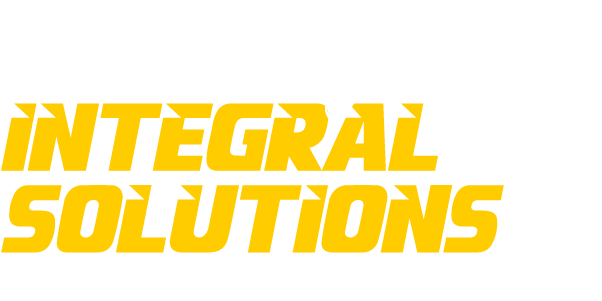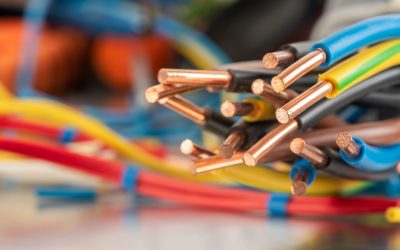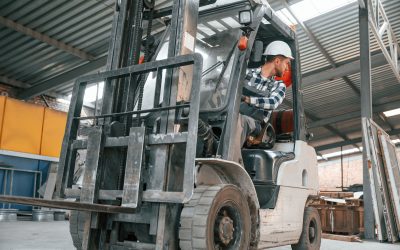Installation of automatic equipment, especially in the context of installing assembly robots, can be a crucial step in improving efficiency and productivity in your industry. However, this process is not without challenges. In this blog post, we will explore some important considerations to keep in mind when installing automatic equipment in your industry, as well as the steps to ensure successful implementation.
Challenges in Assembly Robot Installation
Integration with Existing Equipment
One of the main challenges when installing assembly robots is integration with existing equipment on the production line. It is essential to ensure that the new robots operate efficiently with other equipment and systems already present in the plant. This may require adjustments to the production line design and programming of the robots to ensure seamless synchronization.
Staff Training
The introduction of automatic equipment, such as assembly robots, may require additional training for personnel responsible for operating and maintaining these systems. Providing thorough training is important to ensure that employees understand how to interact with the new equipment safely and efficiently. Additionally, clear safety procedures should be established to minimize the risk of workplace accidents.
Costs and Return on Investment
The installation of assembly robots may involve significant costs, both in terms of equipment acquisition and the time and resources dedicated to integration and training. It is important to carefully evaluate the expected return on investment to determine whether the installation of these automatic equipment will be profitable in the long term. This may involve analyzing labor savings, improvement in product quality, and the ability to increase production capacity.
Steps to Follow for Successful Installation of Automatic Equipment
Assessment of Needs
Before starting the installation of automatic equipment, it is crucial to conduct a detailed assessment of your industry’s needs. This includes identifying areas of the production line that could benefit from automation and defining specific objectives you hope to achieve with the implementation of new equipment.
Selection of Suitable Equipment
Once you have assessed your needs, it is time to select the appropriate automatic equipment for your industry. This may involve researching different options in the market and consulting with equipment suppliers to determine the best solutions for your specific requirements.
Planning and Design
Planning and design are critical steps in the installation process of automatic equipment. This includes designing the layout of the plant and programming the robots to ensure seamless integration with existing systems. Additionally, contingency plans should be established to address any potential issues during installation.
Implementation and Testing
Once planning and design are completed, it is time to proceed with the implementation of automatic equipment in your industry. This includes physically installing the equipment and conducting comprehensive testing to ensure its proper functioning. It is important to conduct tests under real production conditions to identify and address any issues before full deployment.
Contact Us for Personalized Guidance
The installation of automatic equipment, such as assembly robots, can offer a range of benefits for your industry, but it also presents unique challenges that must be carefully addressed. If you are considering the installation of automatic equipment in your industry and need expert guidance, contact us today!



